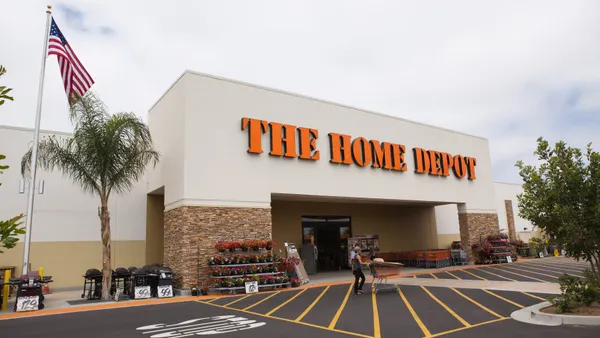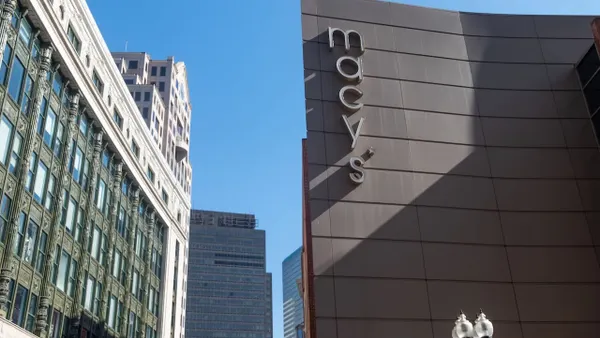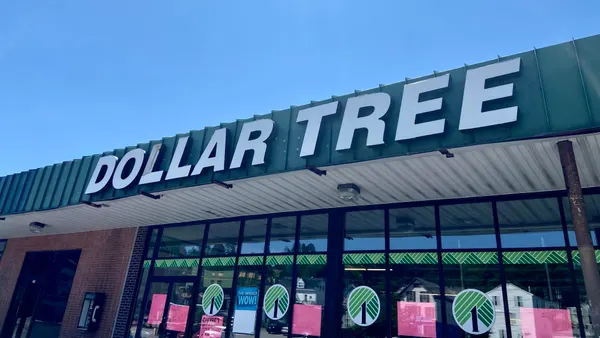Dive Brief:
- Price-sensitive, less-confident consumers pose a near-term risk to retailers as inflation takes its toll on lower and middle income shoppers, S&P analysts Sarah Wyeth and Diya Iyer said in a new report that follows major first-quarter earnings disappointments at Walmart and Target.
- “Last week marked the official end to the good times the retail sector has been experiencing since 2021 as various macroeconomic data releases and earnings announcements forced the market to reconsider their view of consumers' resilience in the face of decades-high inflation,” the analysts said.
- Moody's last week cut its outlook on the retail and apparel industry from stable to negative on similar concerns. Analysts with the ratings agency now forecasts industry sales to increase 2% to 4% and operating profit to decline 1% to 3% over the next 12 to 18 months.
Dive Insight:
Last week was a bummer for the retail world. First Walmart and then Target posted profit declines that sent analysts scrambling to revise down their price targets and estimates for the sector and its players.
Target, the poster child of retail success in the pandemic era, experienced a massive, unexpected profit decline as fuel costs cascaded through its supply chain and customer demand flagged for several discretionary categories, including electronics and apparel.
That led to markdowns, which spooked analysts after nearly a year of retailers enjoying robust margins and a sluggish promotional environment as supply chain challenges kept overall inventory levels light.
Walmart executives pointed out that customers, managing price spikes in food, were pulling back in general merchandise purchases, which made for a less profitable category mix at the retail giant.
Moody's analysts noted the impact on consumers from higher food and gas prices, and noted that "demand for retail goods will continue to ease as consumers opt increasingly for services and leisure activities."
The S&P analysts noted that the timing of consumers’ pullback in discretionary and retail spending “couldn’t be worse” for retailers, who are also managing increased freight and labor costs.
Executives at Walmart and Target said that fuel costs rose much faster than they could raise prices to pass those costs on to customers. Both also signaled they would be selective and strategic about raising prices.
Walmart and Target missed S&P’s expectations, though both companies have plenty of cash and financial cushion to weather near-term trends, the analysts said. “However, the challenges both bellwether issuers are reporting speak to the sudden and dramatic about-face underway among U.S. consumers, which — in our view — is beginning in the mid- and lower-income levels,” they added.
Not all the earnings news has been bad. Nordstrom beat analyst estimates and raised its own forecasts for the year. Best Buy dodged the worst case scenario around discretionary spending, beating some estimates, but also lowered its forecast for the year as it faces higher costs and more discounting
Moody's analysts said that the home improvement, value stores, off-price and auto parts segments of retail are all poised to continue growing for varying reasons. Meanwhile online, big box, department store, and food and drug retailers are all poised to underperform.
The largest underperforming category in Moody's estimation is online retail. In the ratings world and market share, that sector is dominated by Amazon, which "faces rising costs and excess capacity as demand normalizes," the analysts said.















